"New" Mennonite Voices in Poetry
A Celebration of “New” Voices in Mennonite Poetry
In a recent talk broadcast on TED, the Nigerian writer Chimamanda Ngozi Adichie warns against “the danger of a single story.” http://www.youtube.com/watch?v=D9Ihs241zeg
Although her focus is on African writers, and the ways in which western readers are apt to read a single work of fiction by an African writer as representative of all Africans, Adichie’s insights can productively be applied to a discussion of Mennonite literature. According to Adichie’s logic, cultures with great economic power have the privilege of telling many stories about themselves, but cultural minorities too often only have permission to tell “one” story to outsiders. If the story a minority writer tells deviates too much from the “script” of the single story, then the story is deemed “inauthentic” by critics outside the minority group, who have known the group primarily through this “single story.” Too often, their criticisms gain support from insiders who disagree with a representation of their culture that does not match their own experience. Yet, as Adichie convincingly argues, we are all people who have multiple, overlapping stories to tell.
Reading poetry, I’m convinced, is a way to expand one’s capacity for entertaining a variety of stories . . . as well as their containers made of language. Lyric or non-narrative poetry may not offer story as such, but it allows us to look at the world from different vantage points, illuminated through the lenses of other minds. While readers may lack time or patience to sample multiple works of fiction, they may be enticed to read a variety of poems. Poems, after all, are short. We’ll reserve the “New Fiction” for the January 2010 issue of the Journal, after we have offered readers a taste of poetry.
While I was editing A Cappella: Mennonite Voices in Poetry (University of Iowa Press, 2003), I was delighted to discover a whole range of diverse voices, each offering a unique perspective from the roots of a heritage whose churches have split over and over again because they insist on a single version of what is in fact a capacious and multi-faceted story. Mennonites have for so long been misunderstood by outsiders, a state of affairs complicated by the tremendous range and variety that exists among Mennonite groups. Individual Mennonites also tend to become extremely uncomfortable with representations of their cultural and religious group that do not reflect their “own” experience or understanding of Mennonites.
Mennonites (in all their variety) also have a tradition of fidelity to historical truth and loyalty to THE Story, both of their own religious history and of their understanding of the New Testament. Literature has typically been viewed by Mennonites with a bit of suspicion because it purports to tell many stories from subjective, and often critical, points of view. The ethnic writer often feels the double burden of both originality and responsibility for representing the group to others. Most “Mennonite” writers I know want nothing to do with the latter; it is an impossible, silencing task. Rather, these writers are people who have been shaped by a particular Mennonite experience who want to exercise their gifts and imaginations with artistic freedom.
What if we acknowledged our many stories? What if our self-understandings, as well as others’ understandings of Mennonite heritage, were as varied and contradictory and productive of surprising harmonies as an international library? Would such a circle of readers and listeners open up to include more members? Such was certainly the case at the most recent “Mennonite/s Writing: Manitoba and Beyond” conference, held at the University of Winnipeg in October 2009, co-chaired by literary critic Hildi Froese Tiessen of the University of Waterloo, Conrad Grebel University College, and historian Royden Loewen, Mennonite Studies Chair at the University of Winnipeg. The conference celebrated a place that has given rise to a rich array of Mennonite writers at a crucial moment in history when the sons and daughters of Mennonite immigrants encountered literature through secular education and dared to begin writing their own contributions, and when the Canadian world was receptive to new stories from its cultural minorities. You can read some first-hand reports on this conference at the end of this issue. But in a panel on the future of Mennonite writing, poet Patrick Friesen cautioned, “A danger in being Mennonite is to retell the same stories. It’s the danger of repeating something to the point of sentimentality or, possibly worse, to the point where the story starts to become a lie, the point where it is fossilized, becomes a museum piece that holds no life whatsoever."
Meanwhile, I am aware that there is also danger in the “single anthology,” as it may be used by readers or critics to solidify the “best of” a canon which is in the very early stages of shaping itself. Thus it is important to open the covers of our books to the reality that language is always creatively, restlessly changing its shapes and containers. None of the writers represented in this current “New Voices” issue were anthologized in A Cappella, nor have they yet appeared in print in the Journal of the Center for Mennonite Writing, another sign that poetry is flourishing among writers from Mennonite contexts in North America. One of the productive conversations between writers of Mennonite “stories” has been a cross-border one between Canadian and American poets. Happily, a new multi-genre anthology of British Columbia Mennonite Writers, Half in the Sun, edited by Elsie Neufeld and Leonard Neufeldt (Ronsdale Press 2006) appeared to offer readers access to an additional group of Mennonite writers, only a few of whom had also been anthologized in A Cappella, but some of whom are represented in this issue.
The ten poets featured here—men and women, from Canada and the United States, newly published or well-published—write of everything from divining rods to the feminine divine, from leftovers in an American kitchen to hunger in Ethiopia. Their language ranges from lyrical to narrative to imagistic to experimental. Their experiences encompass the struggles of building a new marriage, mourning the dead, exploring desire, encountering another culture, and listening to the miracle of their own heart beat. This issue also includes a set of translations from the French poet Rimbaud, testimony to the multiple stories that construct a writer’s self. Together, these poems invite us to taste language and thus to celebrate life.
Ann Hostetler, Guest Editor
Poetry Note: Look for more poetry in future issues of the Journal in the “Featured Poet” section, which will offer selections from the work of poets such as Jeff Gundy, Sarah Klassen and David Wright. And be sure to visit our archived issues for a sample of poetry published in the Journal of the Center of Mennonite Writing by Carl Haarer, Rhoda Janzen, Robert Martens, Shari Miller Wagner, and Yorifumi Yaguchi.
In this issue:
-
0
read more
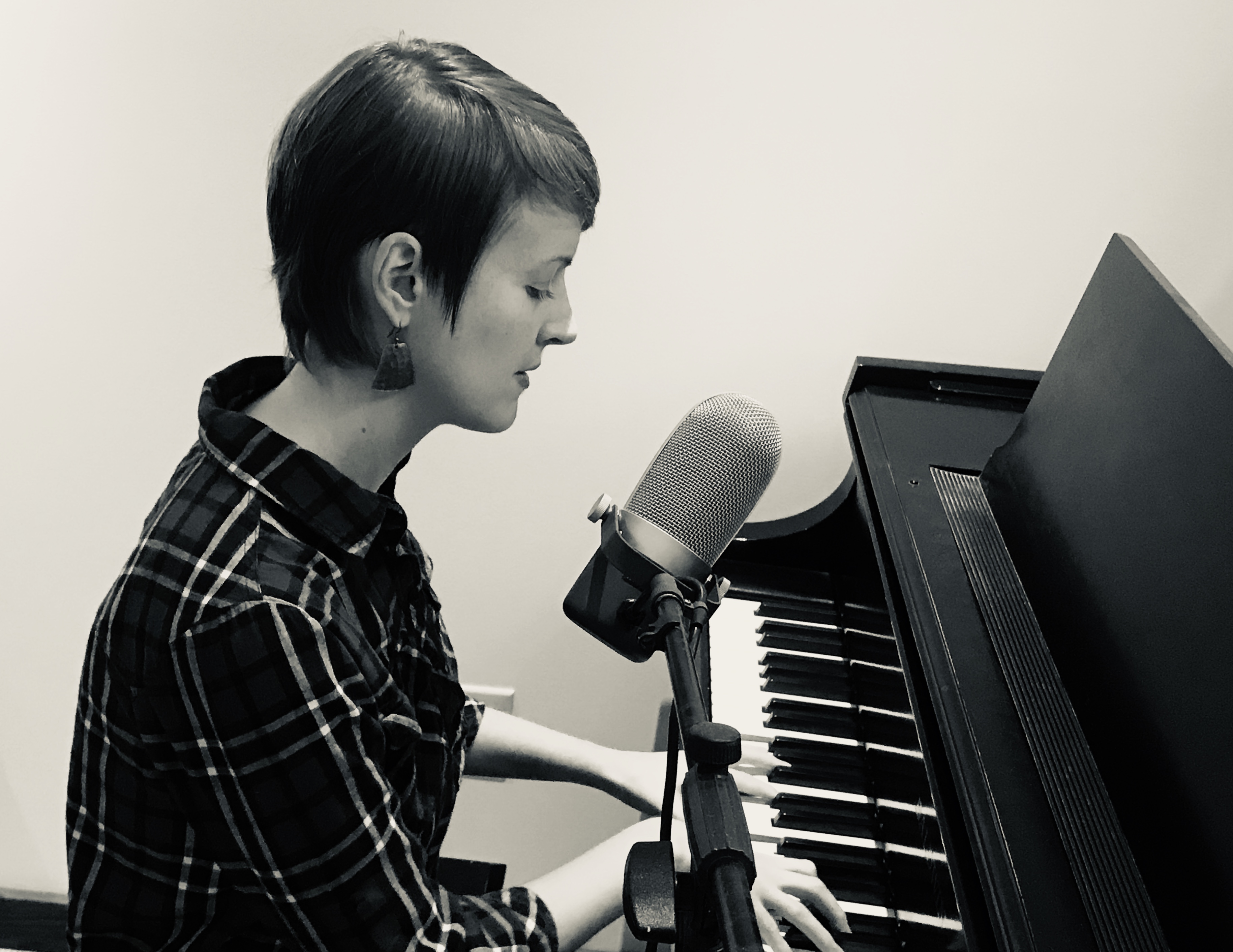
Five Poems
by Becca J.R. Lachman -
1
read more
Three Poems
by Carla Funk -
0
read more
Three Poems
by Cheryl Denise -
0
read more
Three Poems
by Elise Hofer Derstine -
1
read more
Five Poems
by Elsie K. Neufeld -
0
read more

Three Poems
by Jesse NathanThese poems are from a collection in progress, “Fugue,” which explores the story and the state of mind of a man named William whose mother was a German Mennonite and whose father was a Polish Jew. William's parents encountered one another in Germany during World War II. Despite everything, they fell in love and had a child. Now, years after the unlikely intertwining of their lives, their son is still trying to sort out his relationship to his hybrid heritage. These poems are a window into the depth and joy and turmoil of his confusion.
-
2
read more

Five Poems
by Joanne Lehman -
0
read more

Five Poems
by John Weier -
0
read more

Four Poems
by Larry Nightingale -
1
read more
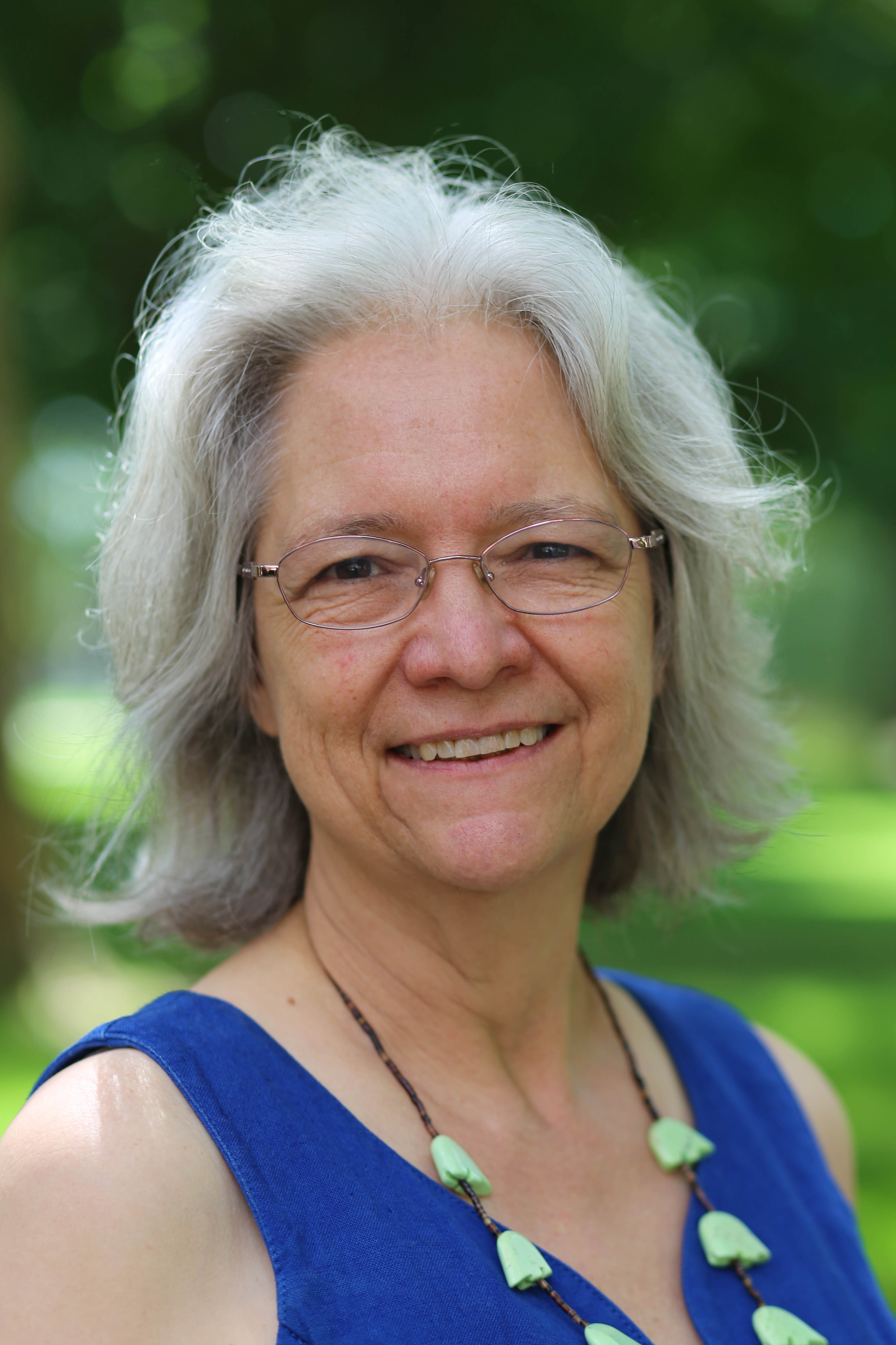
Letters Home: An Informal Report on “Mennonite/s Writing: Manitoba and Beyond”
by Ann HostetlerThe fifth Mennonite/s Writing conference took place from October 1-4, 2009 at the University of Winnipeg. It was co-chaired by historian Royden Loewen, Chair of Mennonite Studies at the University of Winnipeg, and literary scholar Hildi Froese Tiessen, Professor of English and Peace Studies at the University of Waterloo. The focus of the conference was Canadian writers from Manitoba, including those who had helped to create or participated in the literary community in Winnipeg during the 1970s and 1980s, nurtured by such writers and teachers as Robert Kroetsch and Dorothy Livesay, and the publishers of Turnstone Press. While the vast majority of the participants were Canadian—coming from Ontario and British Columbia as well as the Prairie Provinces of Alberta, Saskatchewan, and Manitoba—the conference also attracted international scholars Martin Kuester from Germany, James Urry from New Zealand and Ann Hostetler from the United States. The conference was designed as a series of plenary sessions and readings, so that it was possible for participants with stamina and time to hear every paper and listen to every literary reading. (See “Links to Events” on our home page for a link to the conference website.)
On Sunday after formal papers were concluded, participants were invited to participate in a day-long literary bus tour of the Eastern and Western Reserves, Mennonite settlements in Southern Manitoba, including the city of Steinbach and an abundant traditional Mennonite lunch at the Mennonite Heritage Village, made famous by Miriam Toews’s A Complicated Kindness. Writers who gave readings in the landscapes that inspired their works included David Bergen, Di Brandt, David Elias, Patrick Friesen, Sarah Klassen, Al Reimer, David Waltner-Toews and Rudy Wiebe.
Patrick Friesen wrote of the experience, “I had never actually gone to the junction of the Red and Rat Rivers where my own great-grandmother landed (near Niverville). I mean I knew of the place, had certainly been near it often, but had never previously bothered to go there. I was moved to stand where my four-year-old great grandmother Anna had once been. She was a powerful influence on me…died when I was ten, but I remember her well, can almost smell her sometimes…” In addition, Friesen commented, “the town of Niverville, and environs, came alive with David Bergen’s reading, and with his comments on the town. I’d been in the town numerous times but hadn’t seen it very clearly; it didn’t have any vibrations, as we used to say in the 60s, but it does now.” Although Friesen knows Manitoba well, he had never been to the border that David Elias wrote about in Sunday Afternoon. “Really interesting to think of his imagination developing there,” he said.
Armin Wiebe was unable to attend the conference, but a memorable passage from The Salvation of Yasch Siemens concerning a perilous pilgrimage up the Altona TV tower ladder for love was read aloud in Altona while we all gazed at the tower from the bus—a rare moment in which literature and life overlapped. Another memorable moment was the generous faspa put on by the family and friends of Di Brandt in the Reinland Community Center, where Di read a poem from questions i asked my mother. In response to my invitation to share her impressions of the conference, participant Natasha Wiebe wrote the following letter highlighting two memorable moments—both of them involving chocolate!
-
0
read more
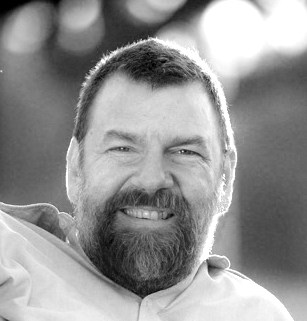
Three Poems from The Illuminations
by Keith MillerTranslator’s Note:
At the time I first read The Illuminations, I was making ink drawings of Cairo. I’d lay down water and drop ink into it, letting the colors swim into each other, then go back in with a fine nib and clarify shapes. The Illuminations seemed to possess a similar texture: a marriage of a child’s dream imagery with more careful craft. They were written at the end of Rimbuad’s poetic career, when he was 19, after his sojourn in England, after he’d been shot by his lover Verlaine, and just prior to setting out on travels that would take him to Java, Cyprus, Egypt, Yemen, and Abyssinia. They distill and incorporate the new cities and languages and literatures he was encountering, and contain a strangeness and energy I have not found in any other work. They retain their freshness today: it is extraordinary to think that while Rimbaud was writing these - the world’s first prose poems and free verse - Tennyson and Swinburne were at the peak of their careers in England. They may perhaps be best compared to the work of the early Impressionist painters, and in particular Monet. I wanted to translate them to understand them more fully, and to make them my own. In translating them, I have kept in mind W. S. Merwin’s advice, which he received from Ezra Pound, to keep “the greatest possible fidelity to the original, including its sounds.”